Restore people's rights
In Hanoi, after more than a year of "banning" land division, the Hanoi Department of Natural Resources and Environment recently issued Document No. 2869 on abolishing Document No. 1685. Accordingly, this agency requested the People's Committees of districts, towns, relevant agencies and units to consider and resolve administrative procedures related to land division and land consolidation for land users according to regulations.
Previously, on March 22, 2022, the Hanoi Department of Natural Resources and Environment issued Document No. 1685 requesting the People's Committees of districts, towns and cities to temporarily stop receiving and handling administrative procedures related to land division for agricultural land plots; land plots with residential land and agricultural land in the same plot; non-agricultural land plots that are not residential land.
After this document was issued, the real estate market, especially in the suburban areas, "stalled". Not only that, it also affected the rights of the people when their right to separate plots of land was limited.
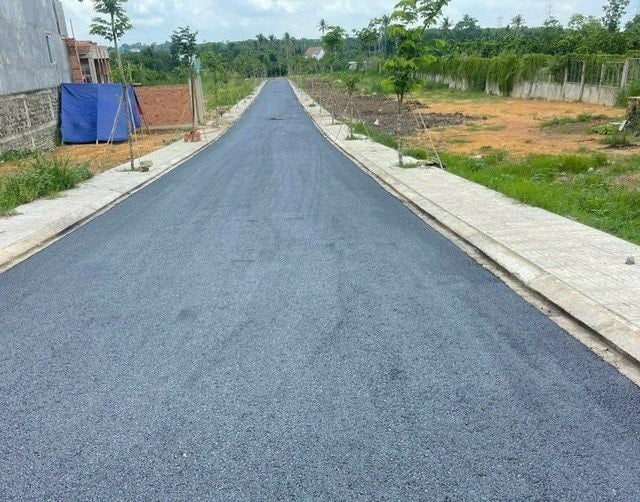
A subdivision in Dong Nai province
In early May 2023, the People's Committee of Lam Dong province also issued a document terminating the validity of all documents previously issued by the Provincial People's Committee related to land division and consolidation in the whole province. This means that people are allowed to divide and separate plots normally again according to Decision 40 issued in 2021.
Previously, Lam Dong province issued many documents restricting the division and consolidation of land plots in the province and quite strict regulations on construction and real estate business. Immediately after these documents were issued, they greatly restricted the rights of people related to the division and separation of land plots in the province and people asked for help about these inconveniences. The real estate market in Lam Dong province then "stalled".
Also in Ha Nam province, Permanent Vice Chairman of Ha Nam Provincial People's Committee Nguyen Anh Chuc also signed a document, notifying the opinion of Ha Nam Provincial People's Committee on the proposal of the Department of Natural Resources and Environment on allowing the continued division of land plots of households and individuals. The implementation will start from July 3.
Tight planning management
Recently, Decree 35 of the newly issued Government has allowed the People's Committees of provinces to regulate areas where land can be transferred in the form of subdivision and sale of plots without consulting the Ministry of Construction.
Accordingly, Decree No. 35 of the Government amends and supplements a number of articles of Decree No. 11 on urban development investment management, allowing the Provincial People's Committee to specify the areas where land use rights can be transferred in the form of dividing plots and selling land to people to build their own houses according to the detailed planning of the approved project, meeting the legal regulations on land, housing, and real estate business without having to consult the Ministry of Construction.
To be divided into lots and sold, the project must be consistent with urban planning levels; have completed infrastructure investment for the entire project or according to approved investment phases; housing construction must ensure compliance with approved project content and progress.
At the same time, the area being divided into lots and sold is not located in a place with high requirements for landscape architecture management, the frontage of regional-level roads or higher and the main landscape roads in the urban area; the central area and around the works are architectural highlights in the urban area.
Provincial People's Committees shall base on urban planning, urban development programs of each urban area, approved architectural management regulations and national technical standards on planning to specify areas where land use rights can be transferred in the form of dividing plots and selling land to people to build their own houses.
According to Mr. Nguyen Van Dinh, Vice President of the Vietnam Real Estate Association, most of the people who buy subdivided land in the suburbs of Hanoi only do so for the purpose of "surfing" to make a profit. However, the market is currently in difficulty, with low liquidity. Therefore, it is unlikely that suburban land will continue to heat up again at this time. Allowing the subdivision of plots again may help investors feel more secure and will stimulate some liquidity in the land segment.
Meanwhile, in the provinces, subdivided land is cheap and does not require construction according to the 1/500 model, so it has met the housing needs of the people. At the same time, it has also contributed to urban beautification and migration of people from inner-city areas to the suburbs.
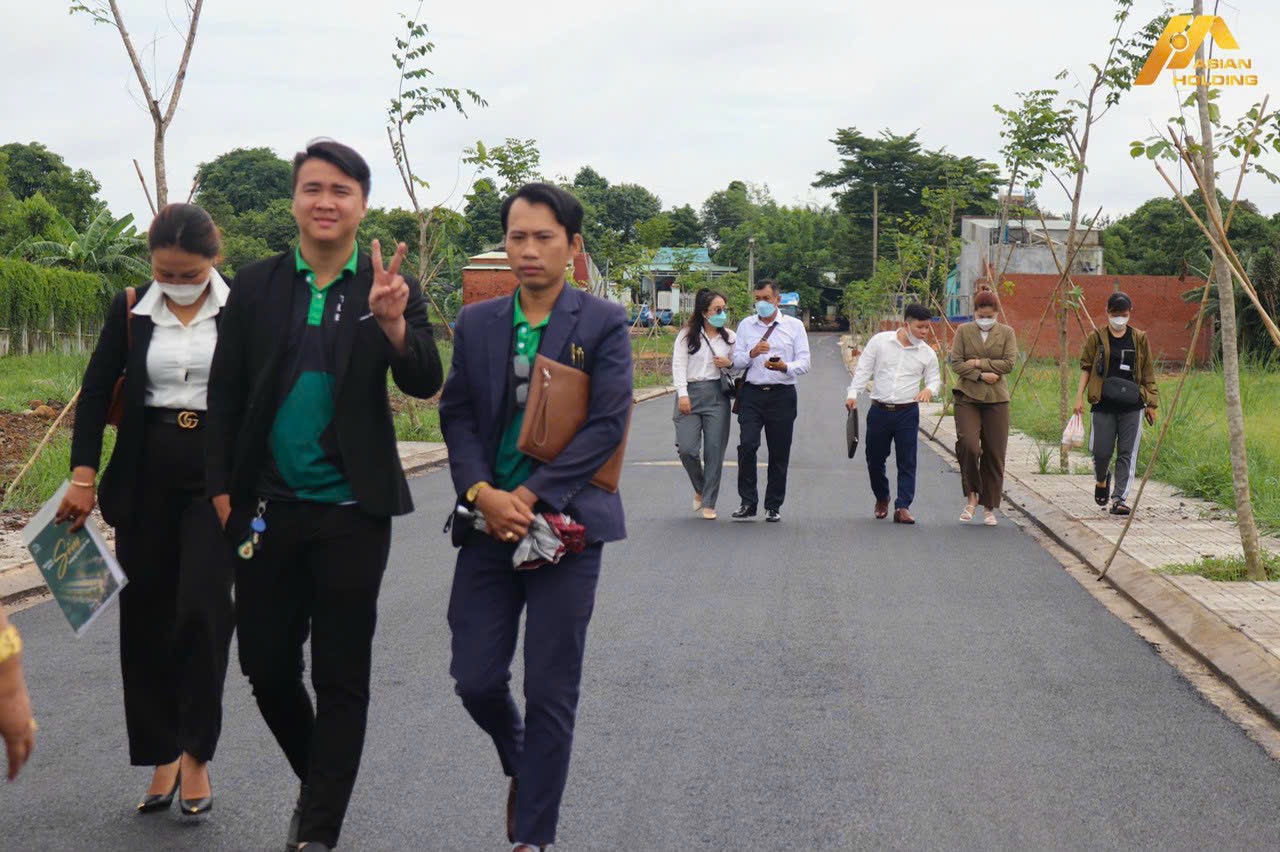
Subdivided land meets the need for affordable housing for people
According to real estate expert Tran Khanh Quang, the demand for real estate subdivision is very large, especially in provinces where the real estate market is still underdeveloped and people are still facing difficulties. Therefore, subdivision projects with cheap prices are suitable for the income of the majority of local residents. However, this should not be a reason for negligence or lax management. In order to harmonize the interests of enterprises, meet the housing needs of the majority of people and meet the management requirements of the state, subdivision areas also need to be approved and strictly managed in terms of technical infrastructure and social infrastructure.
Specifically, in subdivision areas, when approving infrastructure and land division, local authorities need to carefully assess the infrastructure design. This requires that the road must be about 7 meters wide, with sidewalks and drainage on both sides. In addition, the road system must be synchronously connected to existing traffic routes. The electricity system must be underground and there must be a clean water supply system. It is also necessary to clearly stipulate that subdivision areas must deduct land for trees and public areas. At the same time, it is clearly stipulated that the area of land after being formed must be large enough to avoid the formation of "slum" residential areas, making the urban landscape dirty.
Source link




![[Photo] Closing of the 11th Conference of the 13th Central Committee of the Communist Party of Vietnam](https://vstatic.vietnam.vn/vietnam/resource/IMAGE/2025/4/12/114b57fe6e9b4814a5ddfacf6dfe5b7f)





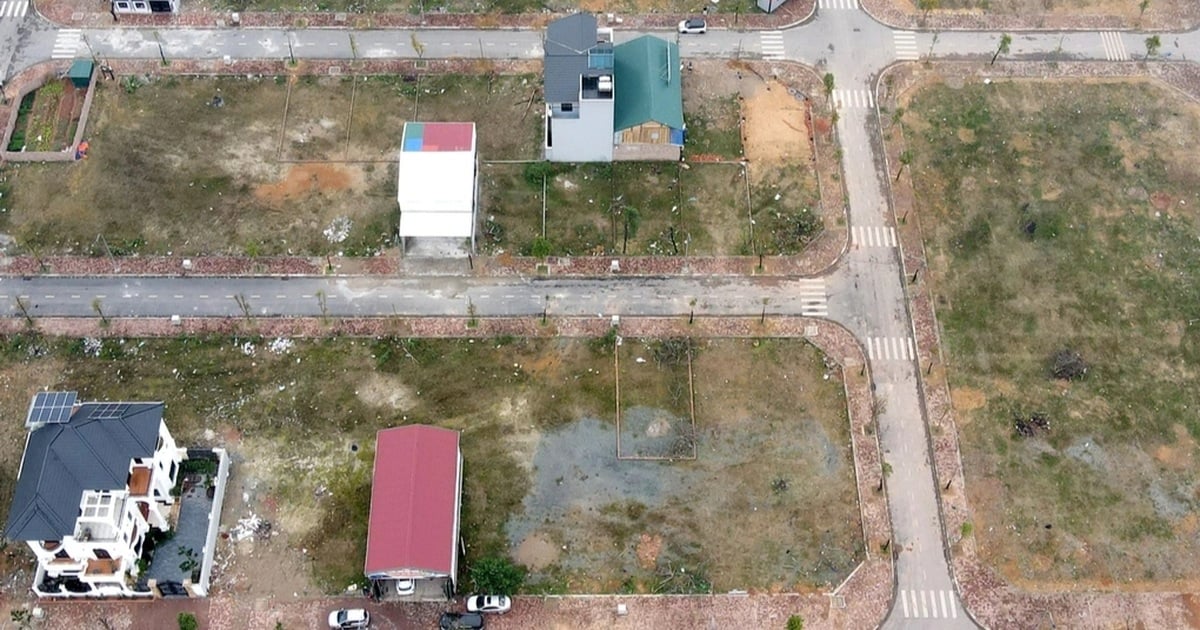
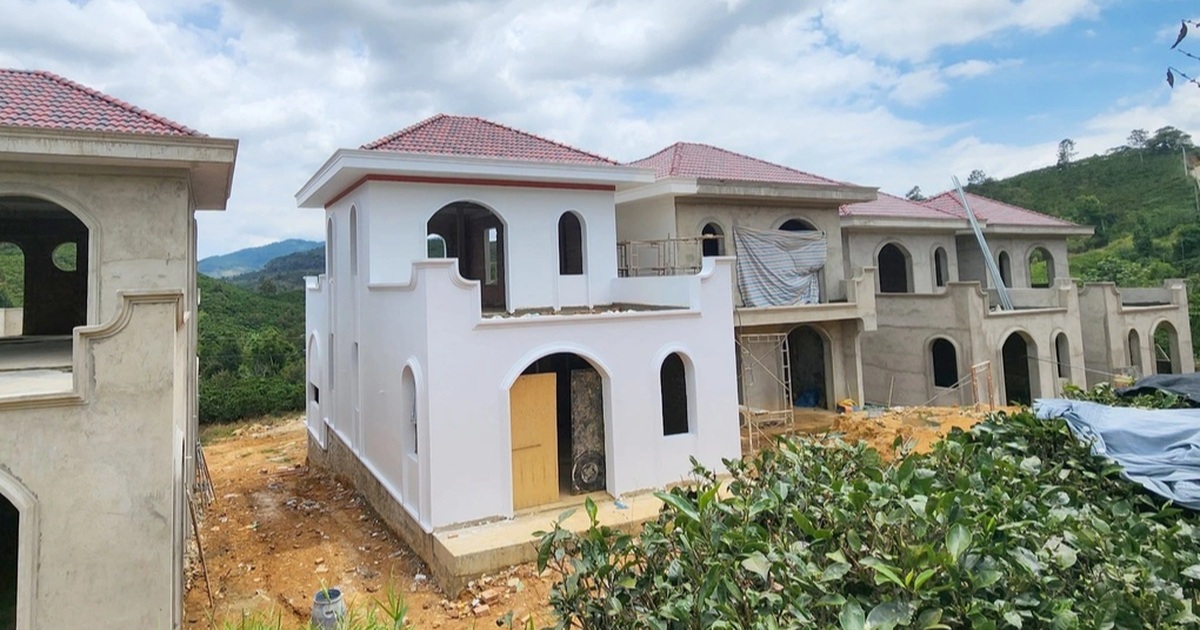
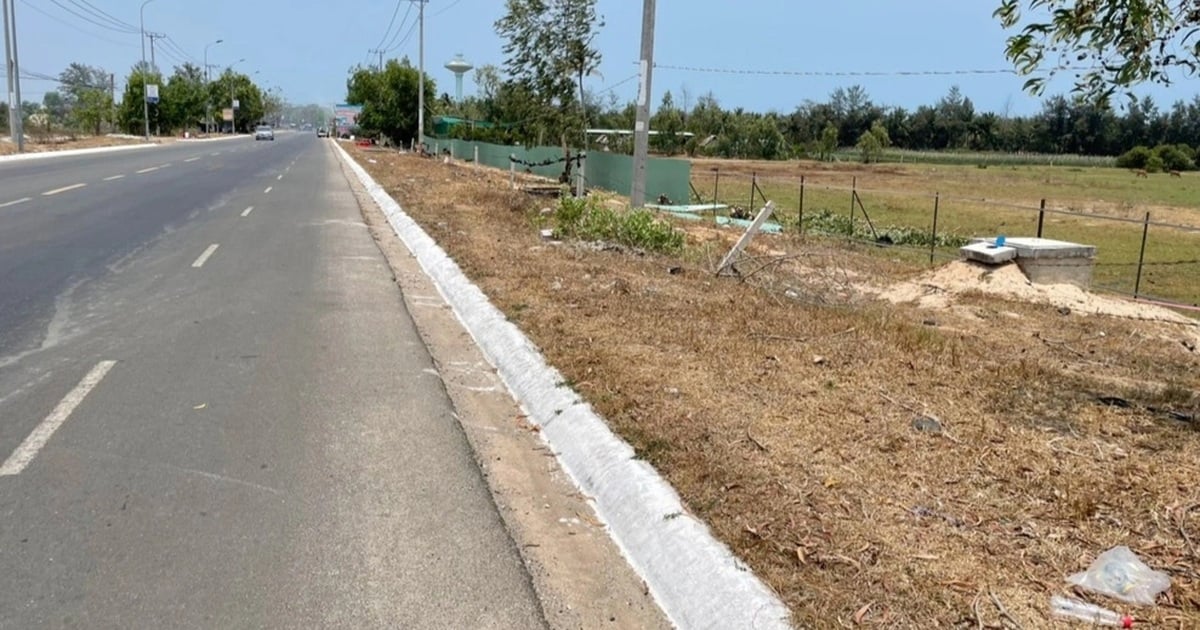


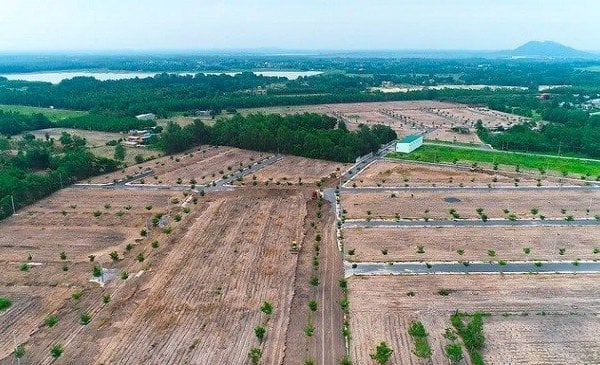

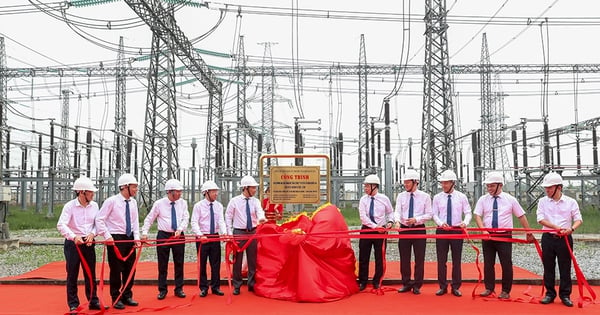
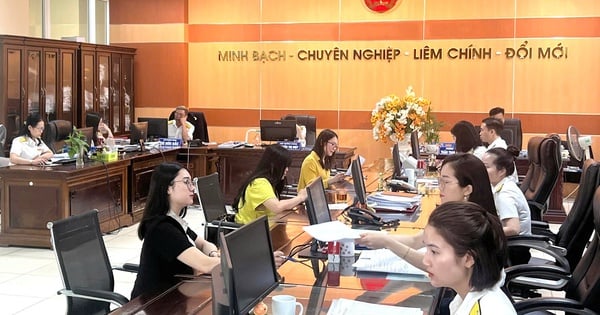
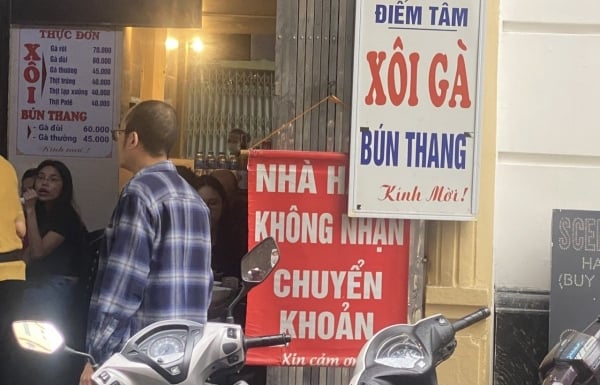

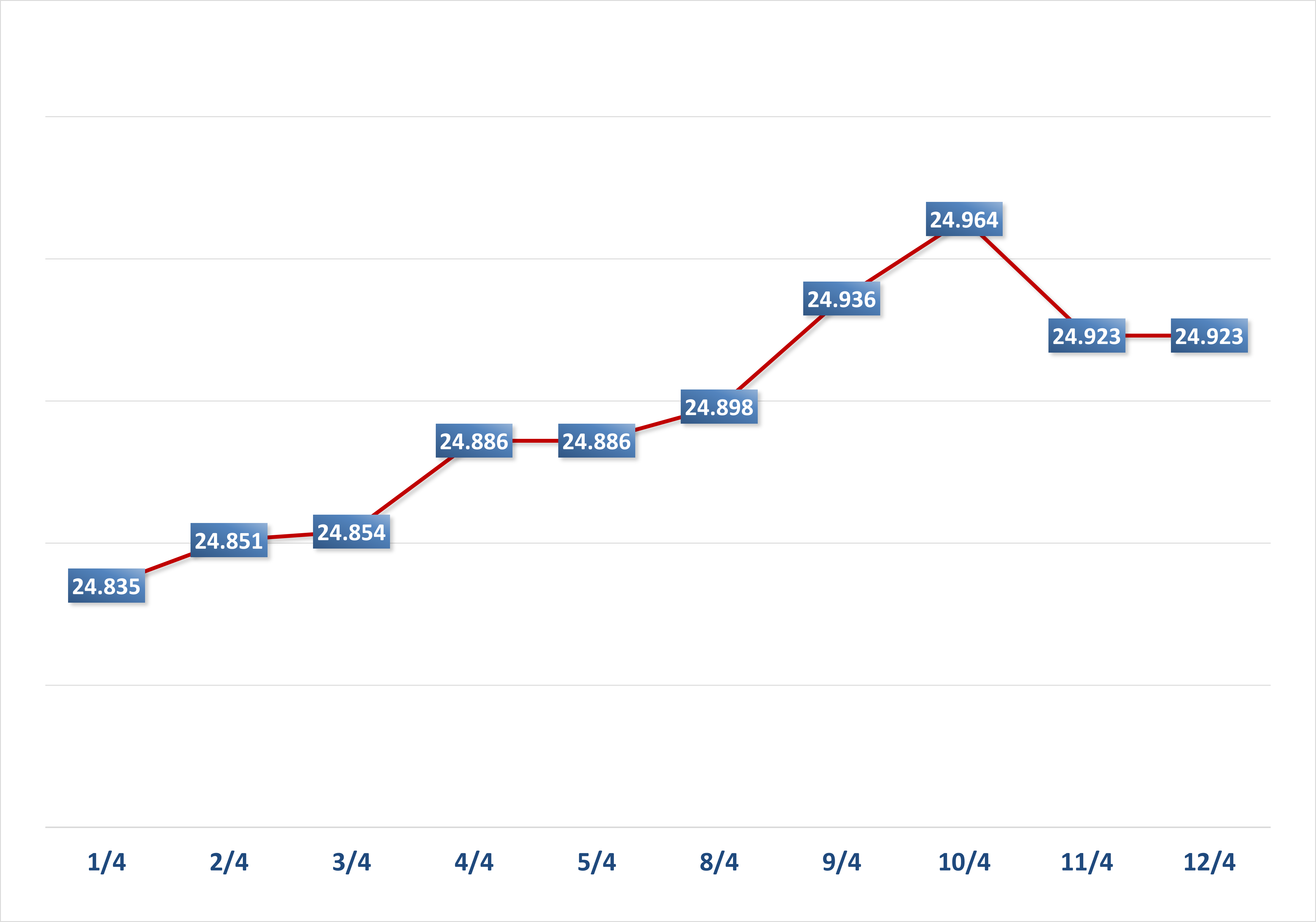







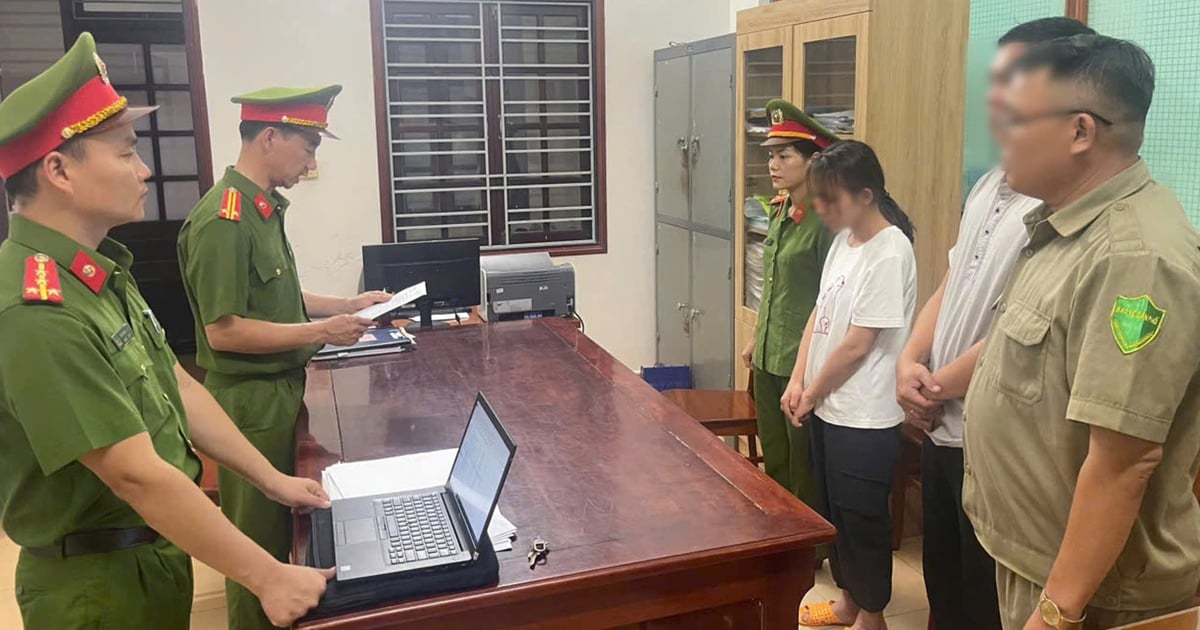



![[Photo] Overcoming all difficulties, speeding up construction progress of Hoa Binh Hydropower Plant Expansion Project](https://vstatic.vietnam.vn/vietnam/resource/IMAGE/2025/4/12/bff04b551e98484c84d74c8faa3526e0)












































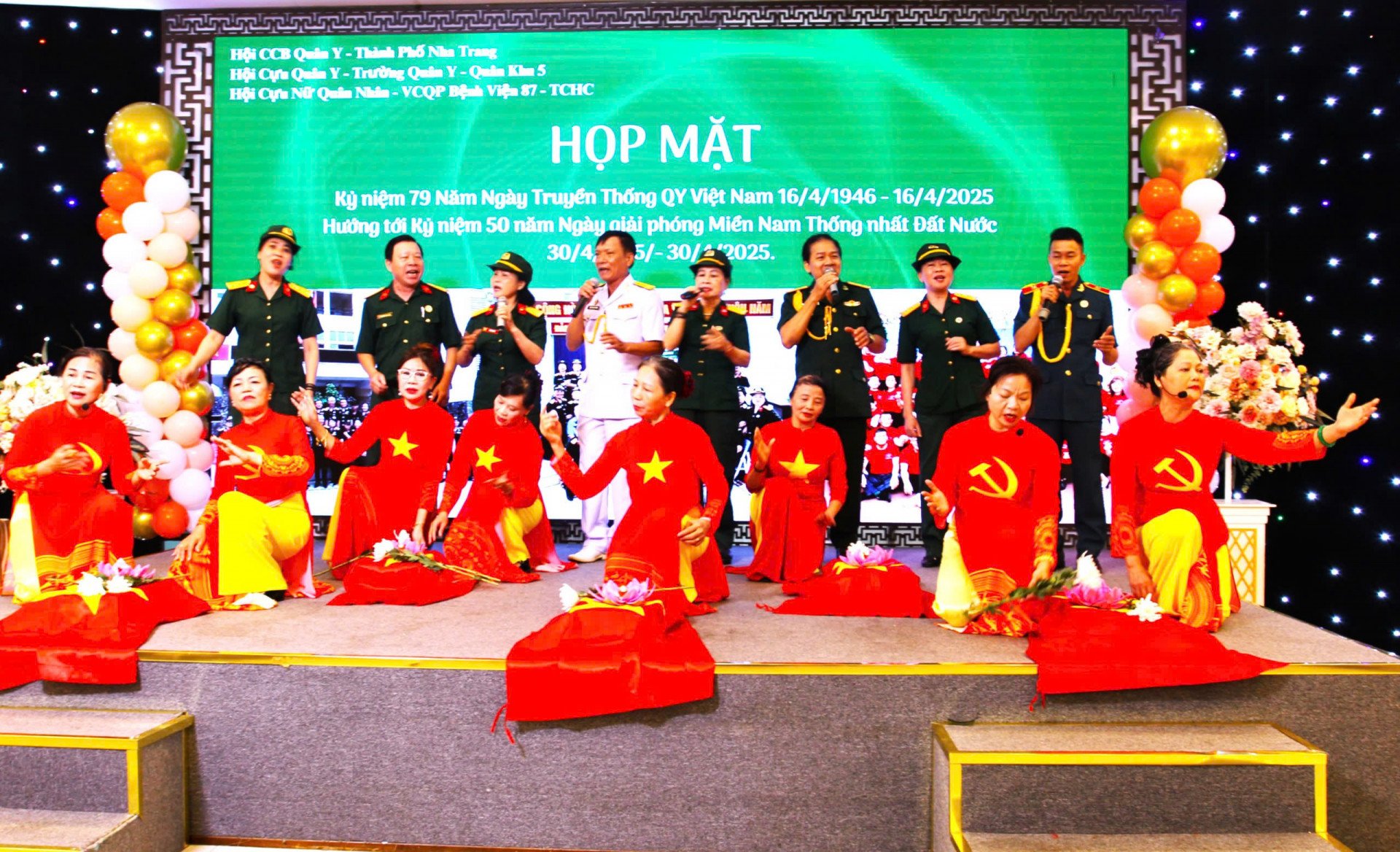

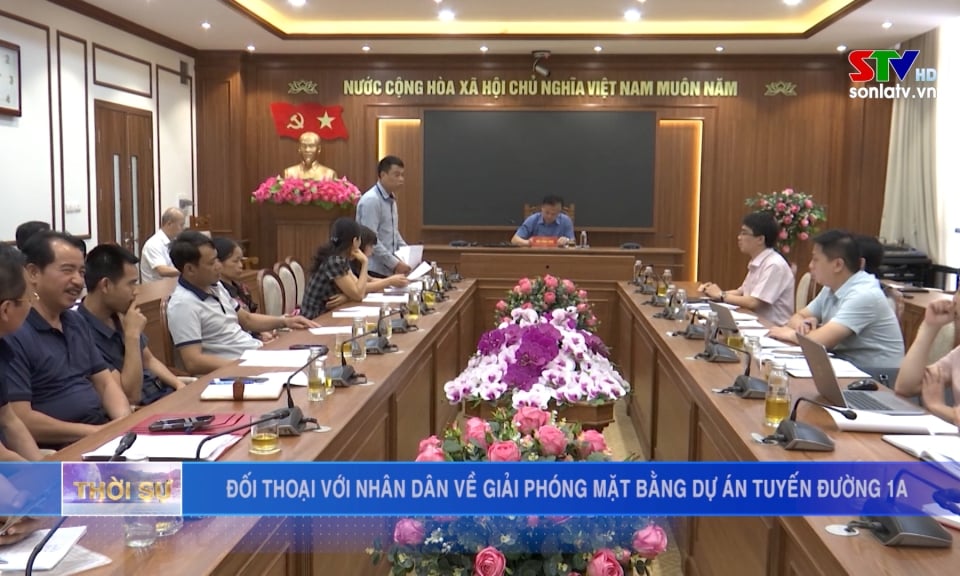
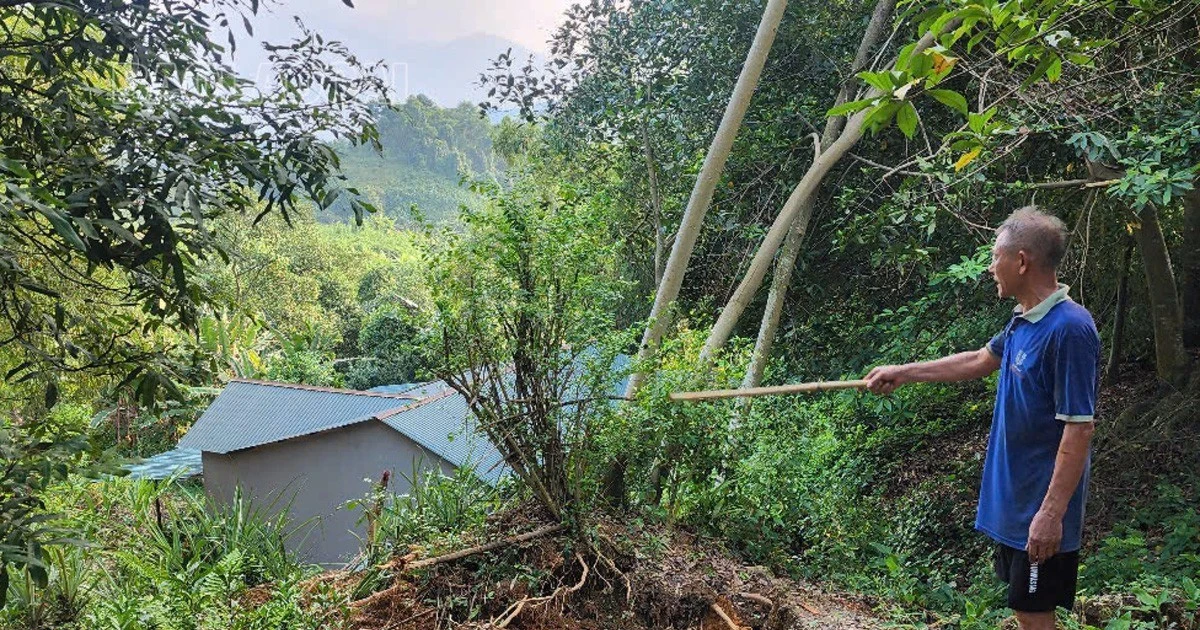

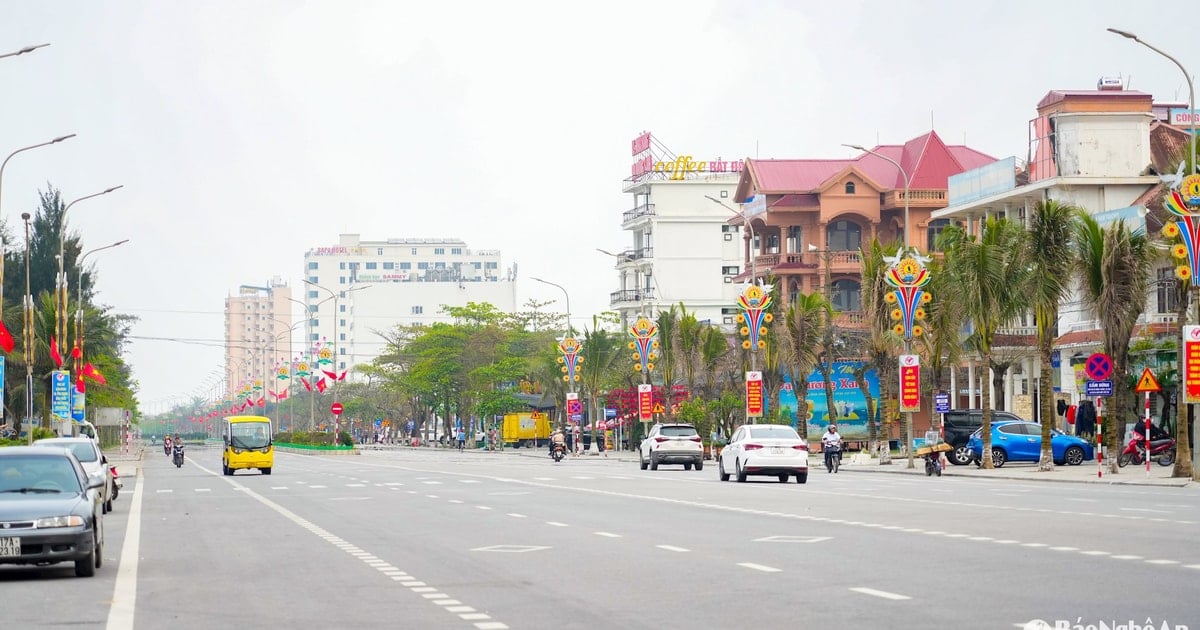

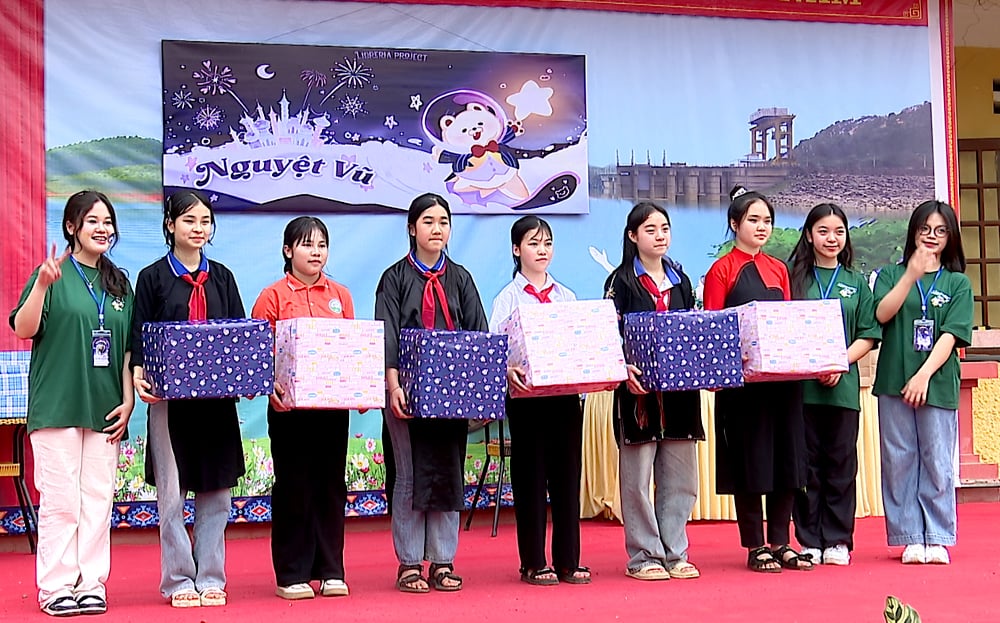










Comment (0)